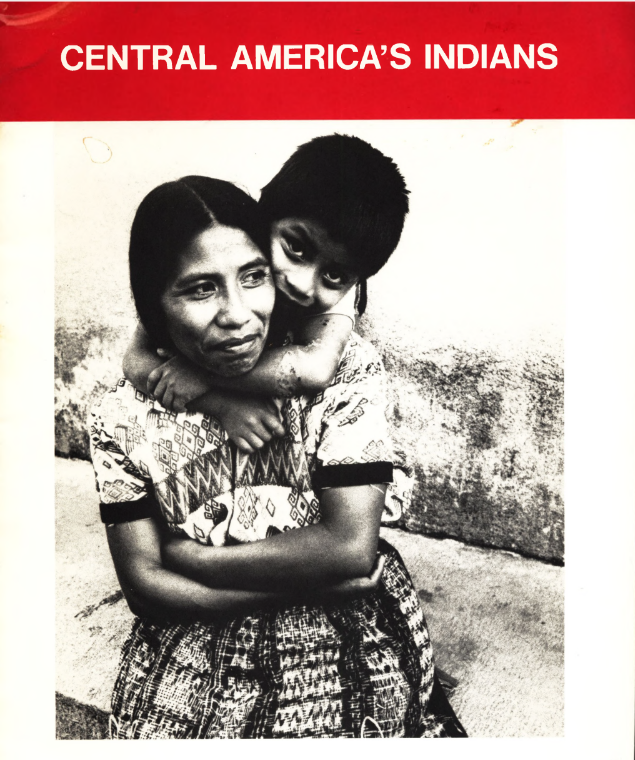Environment
The Commonwealth of the Bahamas comprises almost 700 islands and 2,000 uninhabited cays which stretch 1,220 kilometres south-eastwards from a point only 80 kilometres from Florida to the vicinity of the Turks and Caicos. Only about 40 of the islands are inhabited and most of the population is concentrated on the islands of New Providence and Grand Bahama. The Bahamas has a total land area of 13,935 square kilometres.
History
The original inhabitants of the Bahamas were indigenous Taino (Arawak) who are also known as Lucayan. They originated from both Hispaniola (today Dominican Republic) and Cuba and migrated by canoe into the Bahamas, settling the entire archipelago by the 12th century of the Current Era.
There were an estimated 40,000 Lucayans in the Bahamas in 1492, when Christopher Columbus made his first New World landing on one of the Bahamian islands. He named it San Salvador (now called Watling’s island).
Soon after their first contact the Spanish began forcing the indigenous Lucayan (Taino) into servitude, deporting them to Hispaniola to provide slave labour. Within two decades Lucayan societies in the Bahamas were essentially destroyed due to a combination of enslavement, exile, disease, battle casualties, and emigration.
After this the Bahamas remained deserted until the arrival of English settlers from Bermuda in 1650 to establish settlements on Eleuthera and New Providence.
These were repeatedly attacked by the Spanish in the early years and subsequently the archipelago became a refuge for pirates and buccaneers intent on raiding Spanish convoys.
The Bahamas became a British crown colony in 1718 but remained sparsely populated until the newly independent United States expelled thousands of British loyalists along with the Africans they had enslaved. Over 8,000 British loyalists and Africans in bondage moved to the Bahamas in the late 1700s from New York, Florida and the Carolinas.
The Bahamas became a British colony in 1787. As in the rest of the British Empire, slavery on the islands was abolished in 1834, which led to a steep decline in the economy and also the population.
The island’s fortunes improved briefly during the American Civil War (1861–1865), when rebel Confederate ships used the Bahamas as a base for neutralizing the blockade against their Southern states. US liquor smugglers also found the Bahamas to be a convenient operation centre during the Prohibition years (1920–1933).
The islands’ economy began to prosper again in the 1950s when the Bahamas increasingly focused on tourism and financial services. In 1964 Great Britain granted the territory internal self-government. Some class/colour tensions developed as a result of political party rivalry however three years later the black dominated centre-left Progressive Liberal party (PLP) won control of the government in the 1967 general elections.
In July 1973 the Bahamas became independent.
Governance
After independence the Bahamas remained a member of the Commonwealth. The ceremonial head of state is the British monarch, represented by a Bahamian governor-general; however the head of government is the prime minister who is also leader of the party with the most seats in the elected House of Assembly.
There is also an appointed Senate. Legislative power is vested in both the government and the two chambers of parliament.and executive power is exercised by the cabinet.
Two parties dominate political life, the centre-left Progressive Liberal Party and the centre-right Free National Movement. The few splinter parties such as the Bahamas Democratic Movement, the Coalition for Democratic Reform and the Bahamian Nationalist Party have been unable to win seats in parliament.
Favourable tax laws have made the Bahamas an international offshore banking centre but with over 3 million visitors a year tourism is the real mainstay of the economy. It accounts for more than 60 per cent of the economy and directly or indirectly employs almost half of the labour force. At US$20,076 the country enjoys the third highest per capita income in the western hemisphere.
Due to its relatively high standard of living, the Bahamas attracts migrant workers to the menial and informal-sector employment, especially domestic work and undocumented manual labour.

